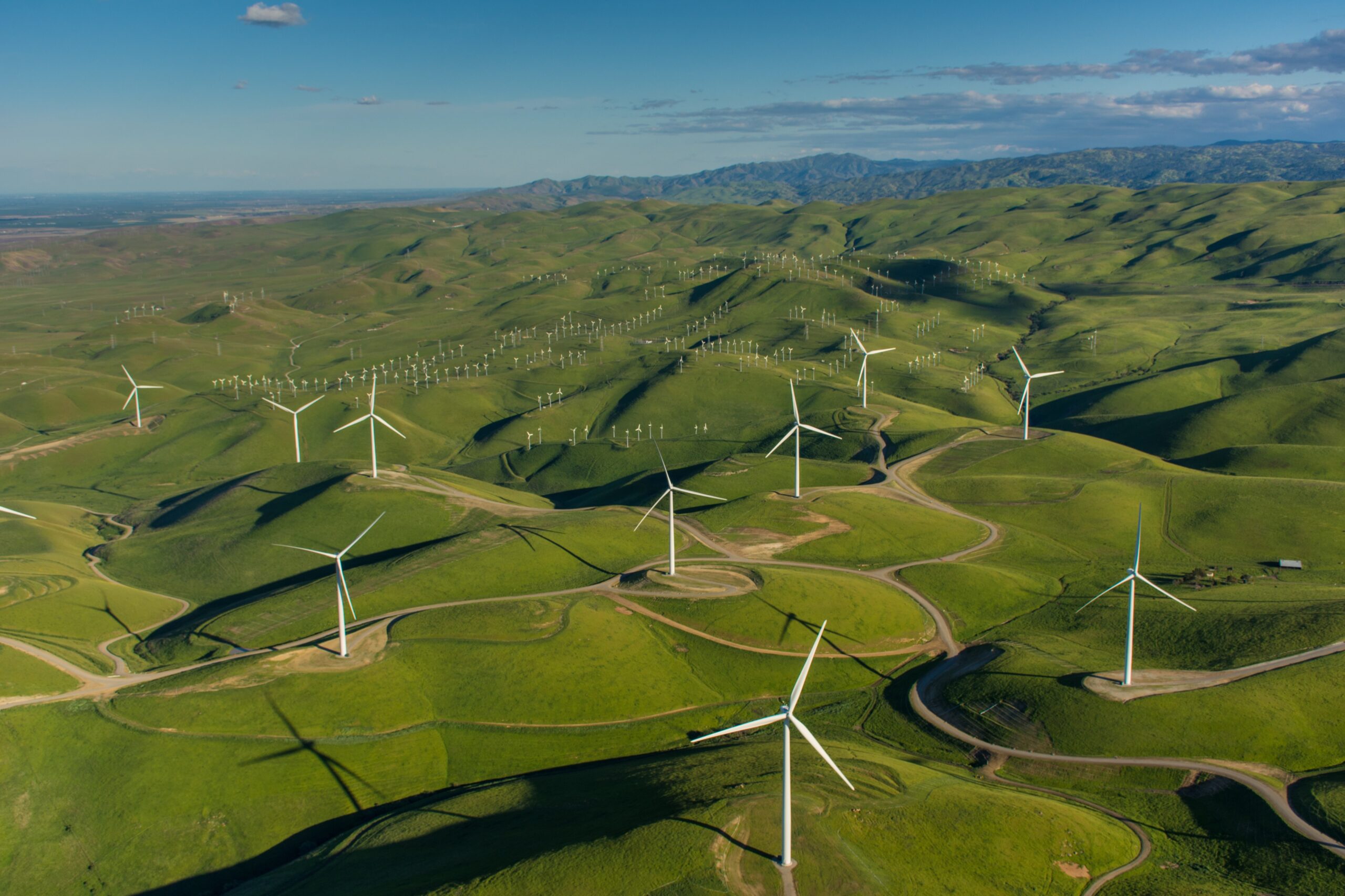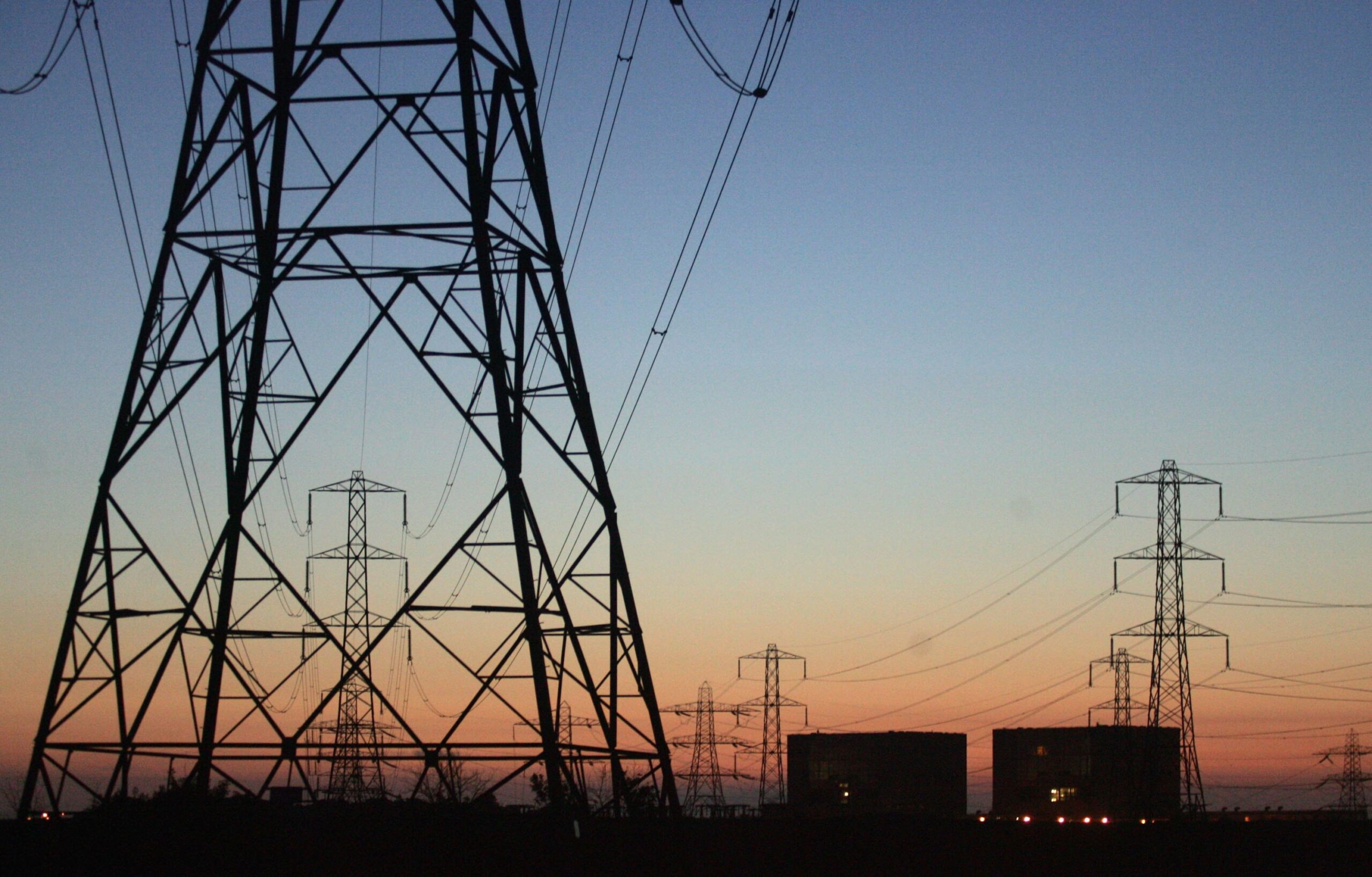How to future-proof investing in energy amid winds of change
Energy policy is the point at which politics amounts to more than mere talk and might keep us warm and in work. Whoever wins next month’s general election will need to keep the lights on, despite rising demand and international threats to supply.
That imbalance creates risks and rewards for investors funding the transition from fossil fuels to renewable energy. For example, shares in National Grid (stock market ticker: NG) blew a fuse and slumped 11 per cent on the day it announced plans to invest £60 billion modernising Britain’s electricity network.
John Pettigrew, the chief executive of National Grid, offered cold comfort to shocked shareholders, claiming that Britain is “at the foothills of the energy transition”. Meanwhile, the International Energy Agency has predicted that artificial intelligence, data centres and electric vehicles will double demand for electricity by 2026.

While we wait to see whether the Conservatives deliver their pledge to create a zero-carbon electricity grid by 2035 — or if Labour hits its target of doing so by 2030 — investors can prepare for any eventualities now. A diversified portfolio, offering exposure to different sources of power, should deliver some income or growth whatever happens.
It’s more than 13 years since I invested in what became Ecofin Global Utilities & Infrastructure (EGL), which is now my most valuable investment trust. I paid £1.22 per share in March 2011, for what then traded as Ecofin Water & Power Opportunities, before buying EGL at £1.52 in September 2019, as reported here at that time.
They finished trading on Friday at £1.84 ex-dividend, which means buyers tomorrow won’t get the next payment of income. The present yield equals 4.4 per cent per annum and has risen by an average of 4 per cent over the past five years, according to the independent statistician Morningstar.
• Our best investment platforms for beginners
EGL’s biggest holding is the American renewables giant NextEra Energy. Other holdings include Constellation Energy and Vistra, which give exposure to the most controversial form of renewable energy: nuclear power.
That is also the source of demand for my second most valuable energy equity holding, Yellow Cake (YCA). This business owns more than 20 million pounds of uranium, known formally as U₃O₈ and informally as yellow cake. Last September I paid £4.86 a share for YCA, as reported here, when I said: “The price could continue to rise if more countries decide to place greater emphasis on energy independence or carbon-free self-sufficiency.”
While YCA pays no income, the stock cost £6.38 on Friday and I think there might be further to go. One reason to expect rising nuclear demand, despite all the worries about safety, is that wars in the Middle East and Ukraine have squeezed supplies of oil and gas. No wonder 22 countries attending last year’s climate conference in Dubai committed to trebling nuclear capacity by 2050.
In the meantime, we must keep the lights on while we wait for cleaner, greener forms of power. The oil and liquefied natural gas giant Exxon Mobil (XOM) is my third most valuable energy equity, after I switched out of a longstanding holding in Shell to avoid the Conservative “windfall tax”.

XOM is a sin stock for folk who don’t accept how important oil and gas are for the production of most plastics and fertilisers, needed to clothe and feed the global population. I paid $91 per share in March 2022 for stock that now costs $115 ex-dividend, yielding 3.4 per cent, rising by 2.6 per cent per annum.
Alternatives to fossil fuels are provided by UPM Kymmene (UPM), which is my fourth most valuable energy holding. This Finnish conglomerate owns more than 900,000 hectares of conifer and eucalyptus woodland across America, Finland and Uruguay, plus the world’s first wood-based bio-refinery, which avoids using oil in the production of plastics.
• How to invest £50,000
Other UPM assets include Europe’s biggest nuclear power plant, based on Olkiluoto Island in the Gulf of Bothnia. Last September I invested 2 per cent of my life savings, paying just under €30 a share, for a gross dividend yield of 5 per cent, which traded at €35 this week.
Sad to say, going green is no guarantee that investors will clean up. Last August I paid £1.45 a share in Greencoat UK Wind (UKW) but — partly because of the idiotic windfall tax mentioned earlier — they fetched £1.41 ex-dividend on Friday. Its yield of 7.3 per cent pays me to be patient, while waiting for a more favourable wind.
No such comfort applies to ITM Power (ITM), a tiddler that turns tap water into hydrogen by splitting H₂O with renewable electricity. Shares I first bought for 41p in January 2010 cost £1.24 when I boosted that holding in January 2020, but fetch just 63p now.
Thank heavens I took profits by selling some ITM at £5.39 and £4.46 in January and March 2021. I still hope this Sheffield-based business might benefit from either of the main political parties’ pledges to level up the north of England.
Even so, the dismal experience of watching several governments’ energy policies blow hot and cold, as unpredictably as the weather, suggests that investors should not put too much faith in politicians’ promises.

Shareholders are revolting but must be realistic
Just as there are said to be no atheists on a battlefield, so there might be few, if any, climate change deniers in a drought. Extreme weather, including the lowest rainfall on record that is even killing the eucalyptus trees of Western Australia, might explain why that region was the scene of an extraordinary shareholders’ revolt when 58 per cent voted against pollution reduction proposals by Woodside Energy (WDS).
Australia’s biggest oil and liquefied natural gas (LNG) business aims to hit net zero by 2050. But most shareholders want it to clean up more quickly.
British investors could be forgiven for being blithely unaware of an ecological debate on the other side of the world. But shareholders in the miner BHP Holdings (BHP), which was the biggest FTSE 100 dividend-payer before it left London for Melbourne ten years ago, were issued with WDS stock when BHP got rid of its oil and LNG assets.
That’s why this small shareholder knows and cares about events in Australia that could herald investor activism closer to home. WDS chief executive Meg O’Neill summed up the paradox: “The world wants reliable energy, cheap energy and green energy, and they want all of those three things tomorrow. But to get from where we are today to where the world would like to be is going to take time.”
LNG produces 40 per cent less carbon dioxide than coal and 30 per cent less than oil. That’s not good enough for purists, who want an end to fossil fuels now. This pragmatist suspects the transition to cleaner power must be more gradual — and is grateful for WDS’s 7.8 per cent dividend income in the meantime.




Post Comment